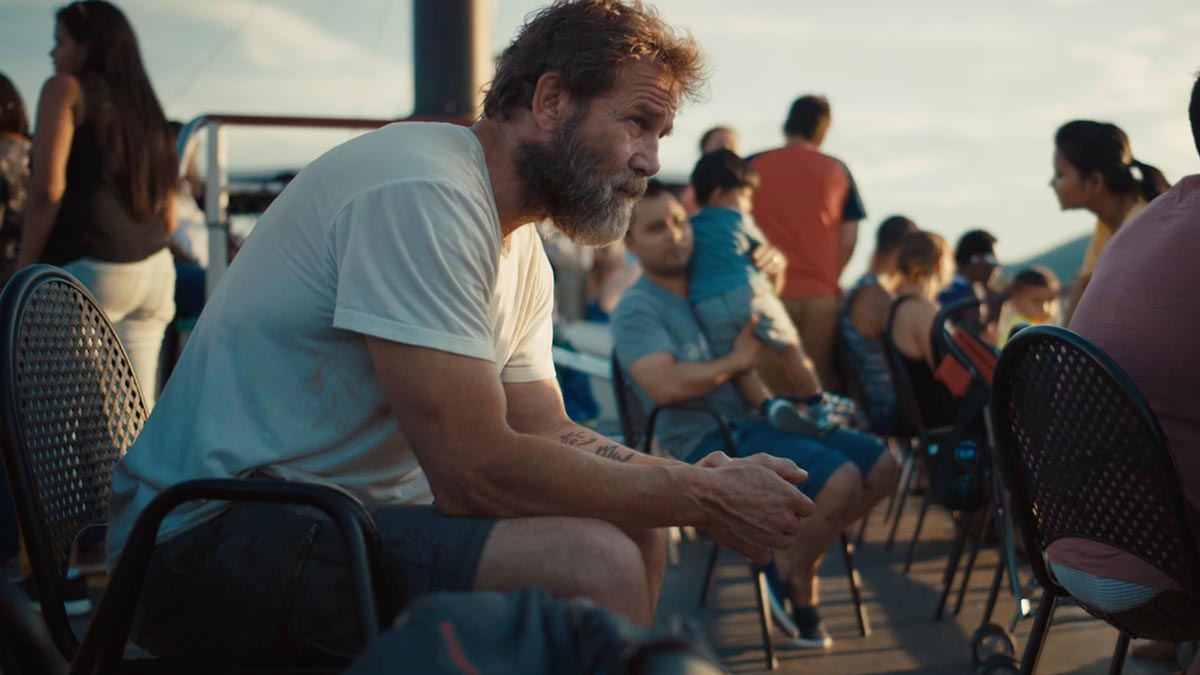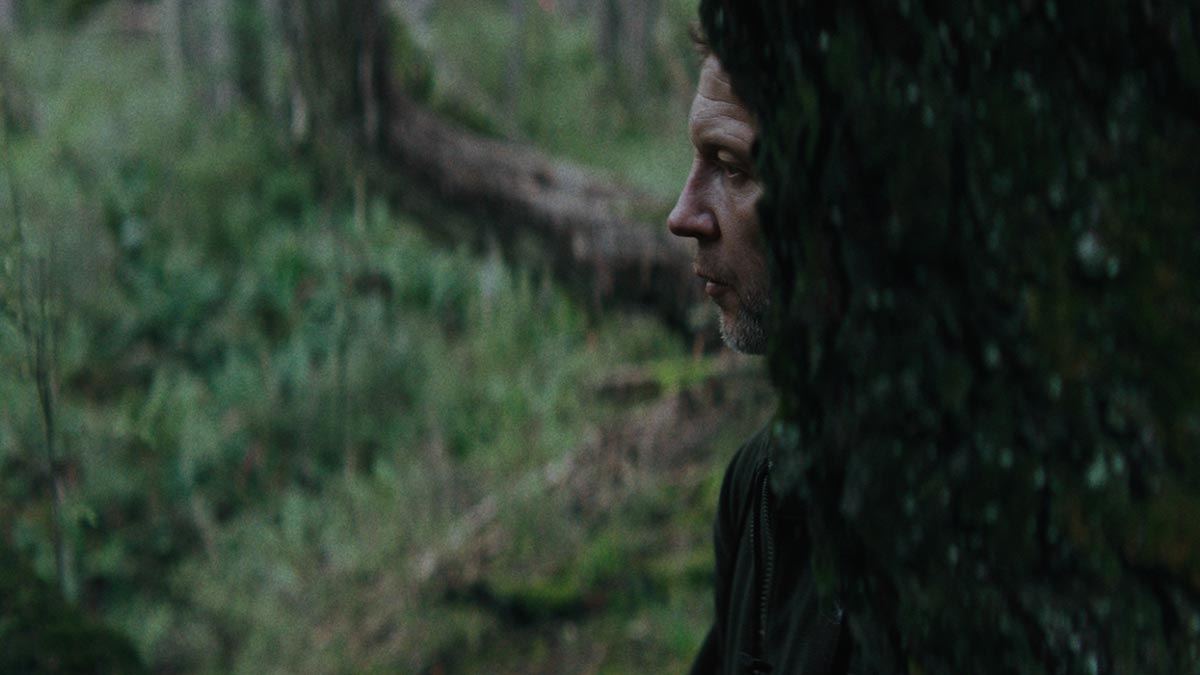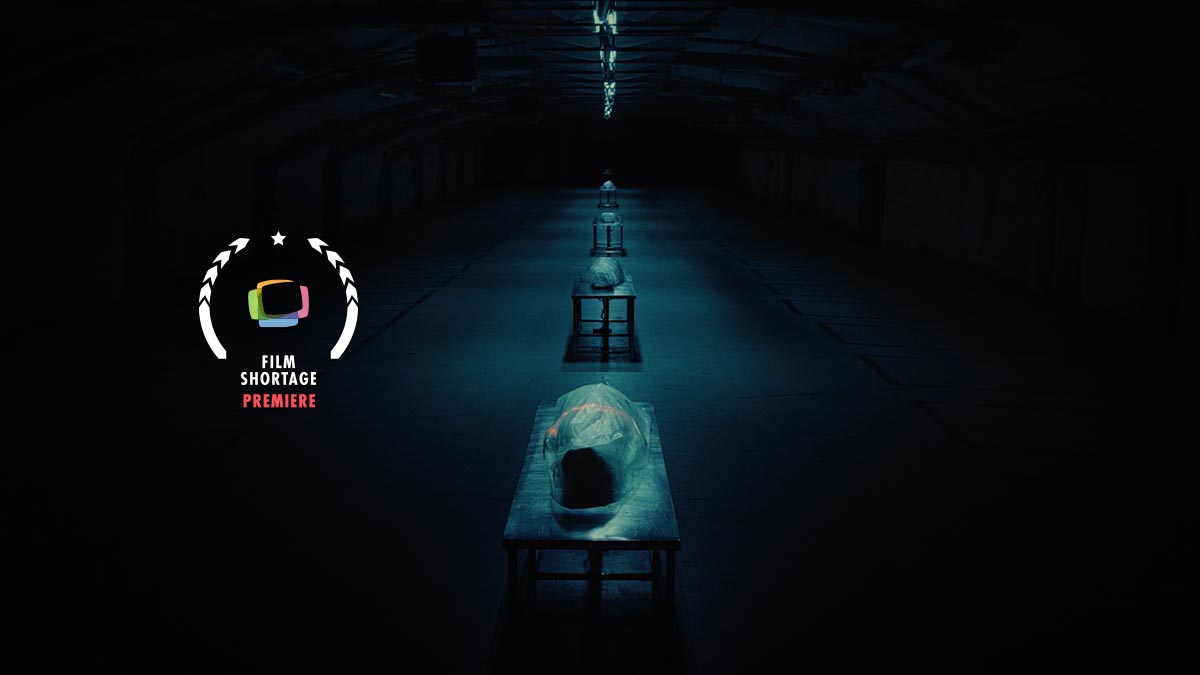In the opal mining red dirt of Andamooka, South Australia; a son faces the memories of the mysterious disappearance of his father in a great flooding storm, while the same storm appears on his own horizon
Just a few days ago we featured a short that was under three minutes, and said that a shorter timeline gives you the opportunity to focus on the photography and visual language of the film. But the opposite can also be true. A stretched timeline can sometimes empower the realm of the story to a different level – if well executed. ‘The Sand That Ate The Sea’ is an intertextual work documenting the South Australian red desert and particularly the Opal mining town of Andamooka. A land that filmmaker Matthew Thorne had known through family and childhood. The work was undertaken over 4 years and is presented in multiple formats; narrative film, music video, photography, and installation.
The South Australian desert is a mystical place. Millennia ago it was an ocean, and opalised aquatic dinosaur fossils are still found in the dirt there today. It is home to an arid land and deep, old magic. It is a place of endless sweeping salt flats and undulating flat red earth.
Andamooka is where the frontier is, and the last of the great Australian frontiersmen call it home. The land is a stolen land, and a cursed land. The magic of that wound has a unique way of working on people born new, and those who came before. Matthew had lots of interesting details when we asked him about the film.
How The Sand That Ate The Sea came about
The first element of the film came from a dream 6 years ago. I woke up with this blistering image in my mind of a Holden sedan burning on a salt flat. That opening scene was the first image I wrote down, and that formed the spark that grew out into this story about time, fatherhood, familial grief, and the unexpected death of a father.
At the time I was also deeply absorbed by the work of the magical realists (Allende, Marquez, Jodorowsky, Tarr, Rulfo, Fellini…etc) and so I think the idea of telling a story that was lost within a cohesive internal ‘magic’, where the boundaries of our world were tested was exciting to me.
There was a certain coincidental power in what happened in the making of the film
At the point I started writing the script I had never been out to Andamooka. I just knew I wanted to tell a story about those elements out on country in the desert. In that mystical landscape.
I wrote the title for the film “The Sand That Ate The Sea” long before I knew anything about the formation of Opals; how they are created by the silica and sand of these ancient sea beds that for the inland deserts of South Australia absorbing the water from the sea that sat above it.
Then, the year before we went to shoot the film, my father died of a sudden and unexpected heart attack and disappeared from my life. In a mirror to what happens to the young boy in this film. It was that event I think that galvanised me to put the film together. The process then was just one of living in the community and developing the work with them, and with the unique character and story of that land and community.
Producing the film was especially difficult because of the remote locations and the incredibly minimal budget we had to work with. So in many ways it was a journey of reframing the project to the crew as not being just a traditional process of making a film, but being something different – something more akin to art making. An adventure together into the outback heartland of Australia. In the end I think many of the elements in the film that are the most compelling come from the freedom of that approach, and the way that embedded us deeply and honestly into the community.
Andamooka is a very special and beautiful community
I never feel more in connection with my Australian identity than I do when I am there. It really is the frontier, and the frontiersman still call it home.
My only hope with this film is that it does some justice to the beautiful and terrifying power of that landscape, and the unique character of that community.
It’s interesting because the first ‘whole’ photographic project I ever shot was made in tandem with this film. Before that I had always taken photos during Directing as a tool or guide, but never seriously with the intent of exhibiting the work. I had never before this project really considered myself a photographer, I was always first and foremost a Director.
I think very visually in my work – not out of pure fetishized aestheticism
That said I suppose it was a natural and easy transition into the world of photography. I think very visually in my work – not out of pure fetishized aestheticism – but out of a connection with the underlying “metaphorical” language of images (to take the Tarkovskian understanding of the image).
The hardest reality of cinema making I often find is the simple scale of it; the moving parts; the many people; the giant monolithic construction that has to whir and grind into life to see out the vision of this small creative few. It is incredible any great works of art get made through a process that innately requires so many disparate hands.
When you come from that lens of creation, photography is a very simple and fulfilling art form. It is simply you, the camera, and the world before you. There is less to adulterate that relationship between your internal vision and feeling and the world outside of it. I think that is what keeps me in photography now; learning how to connect that back to filmmaking, and find a process that is as innately connective between subject and intention.
That is the biridge that brings me back to cinema.





